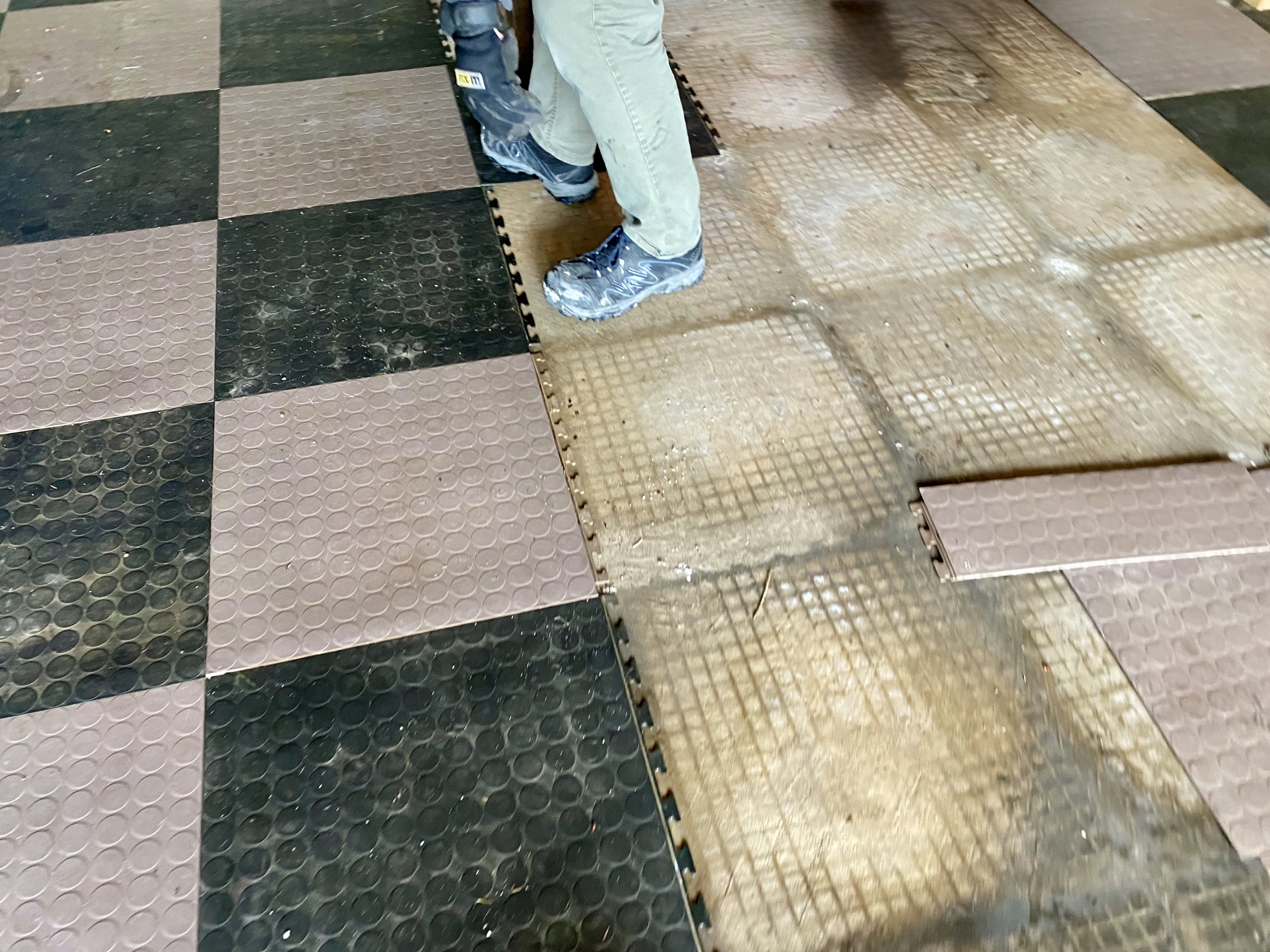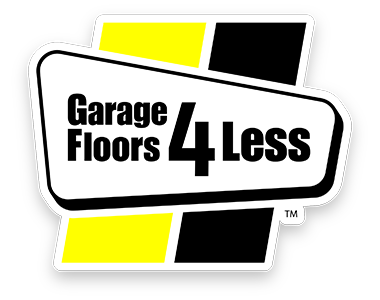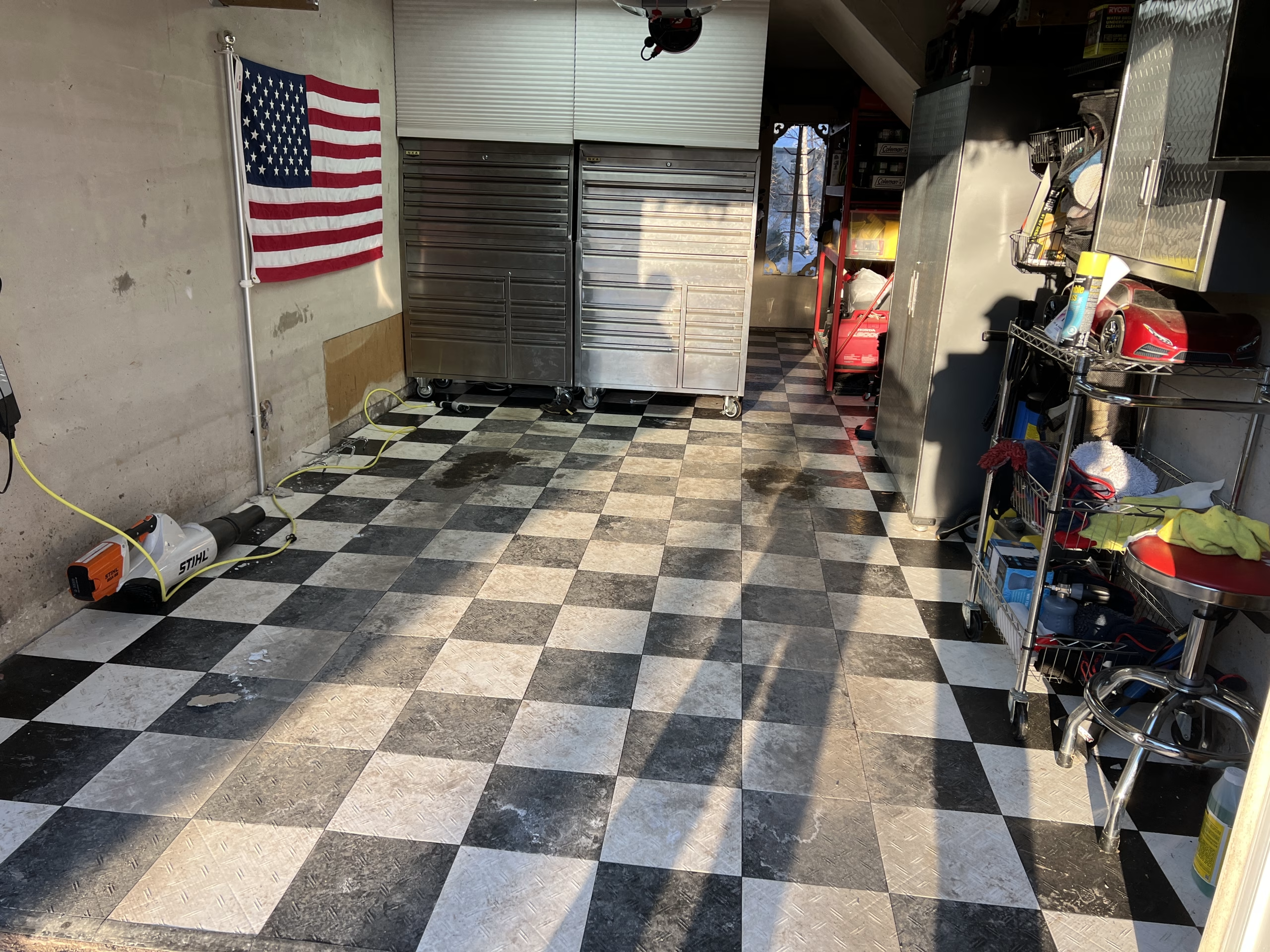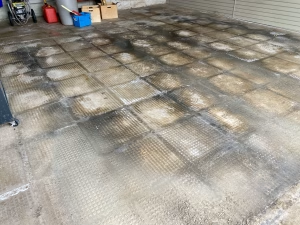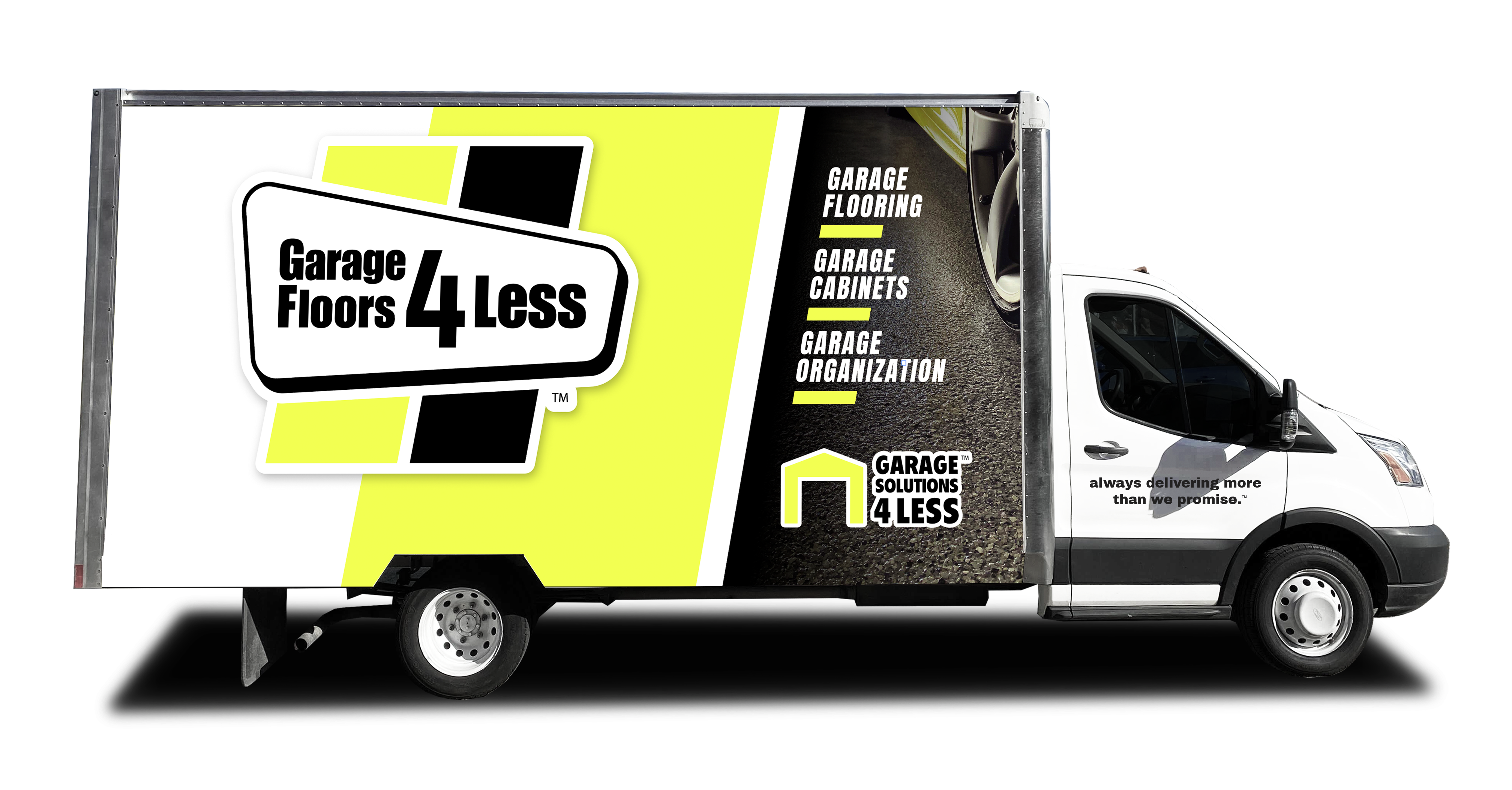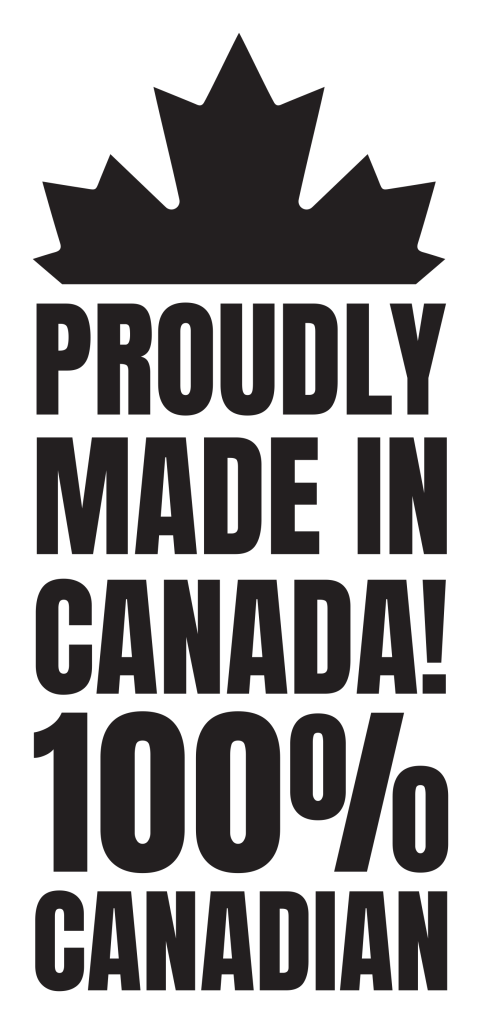Are Garage Mats a Good Idea? The Hidden Truth About Moisture, Mold, and Concrete Damage
From a concrete technologist and coatings chemistry perspective.
Introduction
Search trends like “are garage floor mats a good idea”, “garage mats worth it”, and “garage mats for cars” reflect a common goal: protecting the garage floor affordably. The problem is that most mats cause the very damage they aim to prevent. By trapping moisture against the slab, they create ideal conditions for mold growth, efflorescence, and surface deterioration.
1) Moisture: The Chemistry Behind the Damage
Concrete is porous and can exhibit upward moisture vapor transmission (MVT). Placing a non-breathable mat on the surface traps that vapor at the concrete–mat interface. The localized relative humidity can approach 100%, which supports microbial activity and mineral migration. Over time, this presents as dark staining, musty odor, and white crystalline deposits. Vapor pressure doesn’t stop because a mat is present — it simply accumulates beneath the mat, creating a microclimate that accelerates deterioration.
2) Mold: A Hidden Health and Structural Risk
Under mats, moisture, organic dust, and tire residue combine into a nutrient-rich layer. This encourages mold and mildew. Spores can become airborne when vehicles drive over the mat and may migrate into adjacent living spaces. At the same time, moisture interacts with cement hydrates, contributing to micropitting, scaling, and surface delamination.
3) Why Mats Don’t Protect Against Salt, Oil, and Studded Tires
Searches such as “garage mats for cars costco” and “garage mats for studded tires” suggest mats are used to catch debris. In practice, the contaminants accumulate under or within the mat and remain in prolonged contact with the slab. Chloride-laden meltwater and oils can diffuse into the concrete surface, compounding deterioration.
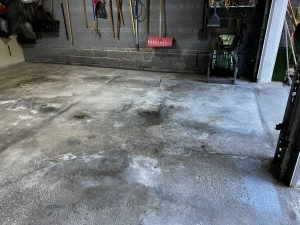
4) The Cost Illusion
Mats appear inexpensive up front. However, remediating trapped-moisture damage—grinding, neutralization, and refinishing—often exceeds the cost of doing it correctly once with a permanent system. If you’re considering whether garage mats are worth it, factor in the hidden cost of restoration.
5) The Permanent Fix: Stop Vapor at the Surface—Don’t Trap It
FloorX2 Fusion+Nano™ is a multilayer, nonbreathable coating system. It doesn’t rely on permeability; it relies on chemical bonding and density. The Fusion base layer penetrates micro capillaries and bonds to cement hydrates, creating a deep anchor that stabilizes the interface. The high solids nanospartic topcoat forms a dense barrier engineered to resist high upward MVT pressure, road salts, oils, and daily abrasion. By creating a bonded, impenetrable surface, FloorX2 eliminates vapor entrapment at the surface, removing the microclimate that mats create.
6) Verdict: Are Garage Floor Mats a Good Idea?
No. Mats create the conditions for mold, odor, and surface damage by trapping moisture. A bonded, non breathable coating engineered to resist upward MVT and contaminants provides durable, long term protection without the risks. The science behind FloorX2 Fusion+Nano™ proves that permanent chemical bonding—not breathability—is the true solution.
